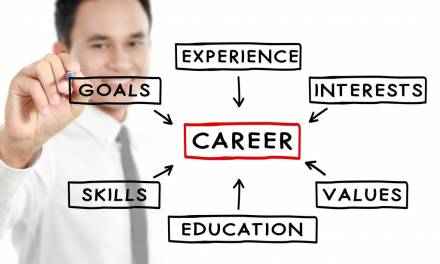Teaching facts and concepts could be said to be relatively easy when compared to helping pupils to develop skillsets such a critical thinking and creative problem solving.
Students must be nurtured to become independent learners – capable and able to solve any given problem or obstacle placed before them.
Two sides of the same coin?
Problem solving and critical thinking are intrinsically linked with one another, as each involves the same process that must be followed in order to reach a successful conclusion. This process runs as follows:
- Identify an objective
- Conduct research
- Generate ideas
- Develop solutions
- Check whether or not the solutions are appropriate
While creative problem solving (according to MindTools) specifically involves:
- Balanced divergent and convergent thinking
- Problems posed as questions
- Judgement that is deferred or suspended
- Focus on “Yes, and,” instead of “No, but.”
You can learn more about the MindTools method and their creative problem-solving learning tools over on their blog: Creative Problem Solving – Finding Innovative Solutions to Challenges.
So, how can these problem-solving processes be guided within the classroom?
Encourage independence
Try to refrain from providing tips or hinting at what may led to the answer. Instead you should map out and guide the problem-solving process – encouraging your pupils by asking questions to help them grasp the concept and explore the problem.
Whilst creative problem solving is a skill effectively learnt when a student works alone, group work is not to be underestimated, as talking through problems with peers can develop critical thinking and help pupils in understanding the problem-solving model.
Confidence is the key to creative problem solving
The biggest barrier to resolving a problem and overcoming a challenge is an innate fear of failure and a reluctance to try out various solutions.
Teachers should, where necessary, offer guidance during the problem solving process. Positive reinforcement when students are working successfully towards a solution, and using questioning to gently nudge them onto the right track when it becomes apparent that their current process is not working.
Use open questions (beginning with how, why, where, what, who, when) to encourage thinking through problems and to bring students into the discussion.
I keep six honest serving-men
(They taught me all I knew);
Their names are What and Why and When
And How and Where and Who.
Create a healthy environment for open communication
Encourage pupils to spot specific sub-problems, as well as identify the hurdles that will need to be overcome.
Ask them to break down the entire problem into smaller tasks and then create a dependency chart to map them into a structure that will eventually lead to them to a final solution.
Creative problem solving is a process of continual testing and advancement, not intuitive leaps of logic. By breaking down a problem into its constituent parts at the beginning of the lesson, you avoid pupils wasting too much time on a problem when they’re yet to fully understand it.
Emphasise that it is the process of problem solving that is important to perfect rather than the end goal of discovering the answer.
This can help put pupils at ease and ensure that they aren’t watching the clock nor competing against one another to find the only ‘correct’ solution.










